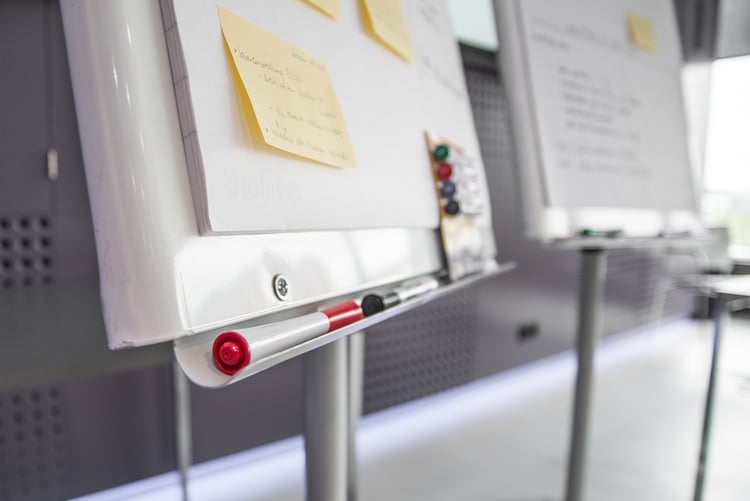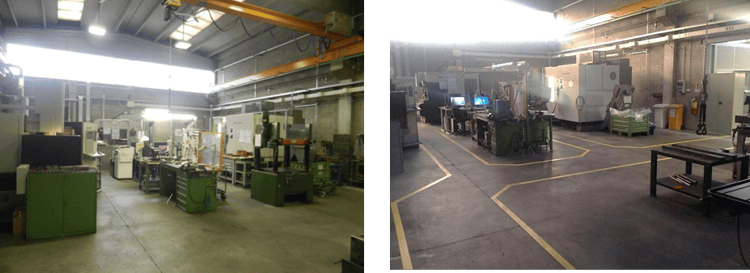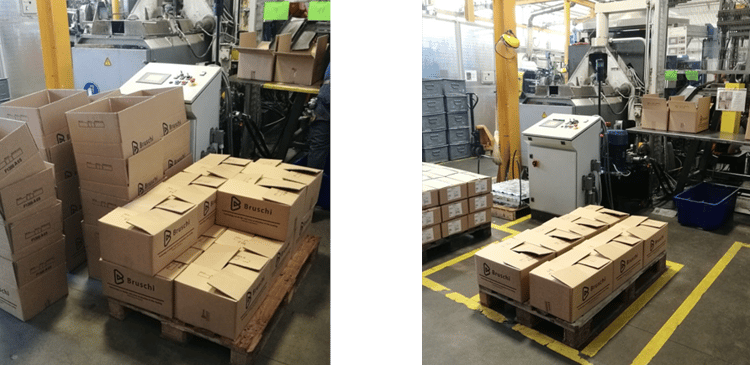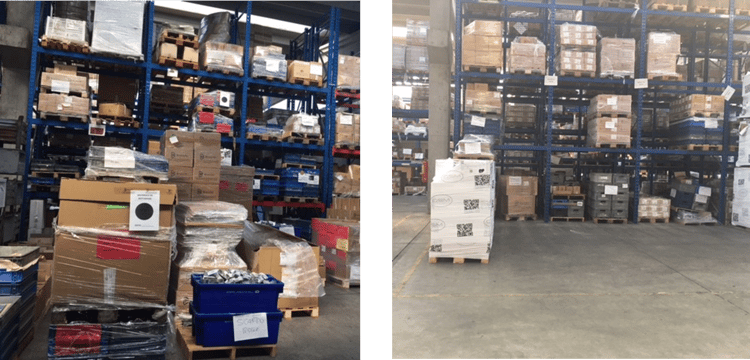Continual Improvement: employees training and other courses in Bruschi
Here in Bruschi we are well-aware that continuous employees training and learning are the keys to stay competitive in a world that is quickly evolving.

This is the reason why every year the company organizes many update and formation courses: not only they allow us to grant that the most recent safety standards are respected, but they also contribute to the professional growth of our employees, by giving them a chance to specialize, adding an extra value to their working time: a value marked by their newly obtained skills.
In 2017 all kinds of courses were held, involving our whole working force: classes on new simulation tools, training courses for foundry workers and forklift drivers, skill strengthening courses for management and safety courses.
Metallurgy course
At the end of 2016 began a course on metallurgic techniques and production processes, held by Eng. Andrea Panvini. In each module some of the fundamental steps of die casting where discussed and explained, from the design of the channels to complex calculation of parameters and injection sections, up to recognition of defects in the quality of die casted products.
One of the main topics was how to identify the causes behind the defects, to strategically intervene and prevent porosity and other defects. The majority of the common defects in casting can actually be solved either in the design phase, or by adjusting the mold or the injection system. During the course the focus was on how to evaluate the efficiency of the injection system, depending on the pressure of the stroke, the duration of the filling process and the surface quality required.
It was an advanced level course, oriented at improving the knowledge and skills of our technicians and our Engineering department.
Simulation course
During the autumn some of our engineers, experts in the use of simulation software, attended an update course aimed at comparing different programs available on the market. The newly acquired knowledge of these programs will make it possible to better exploit their functionalities, by integrating and comparing the data obtained, securing more precise results.
Lean manufacturing course – 5S
In order to improve the organization and ease units management, from the beginning of June 2017 a cycle of lectures were held by Eng. Bruno Vicaretti, aimed at applying the 5S methodology in the whole plant. The 5S methodology was born in Japan with the goal of speeding up processes of integrated logistic by improving the workspace, reducing the operational time. The system is named after the 5 steps that compose it:
- Seiri, sort
- Seiton, set in order
- Seiso, shine/sweeping
- Seiketsu, standardize
- Shitsuke, sustain
This course involved the warehouse, the tool shop and the foundry. The results achieved are already visible:
Toolshop
Before After

Foundry
Before After

Warehouse
Before After
Management skills strengthening course
In the autumn another course took place: it was dedicated to the analysis and strengthening of management skills of Bruschi’s team. It was a series of meetings with workshops and tests, with the goal of defining and developing a cross-field skill set, spacing from intellectual/cognitive skills to achievement/management and relational proficiency.
Foundry workers course
In parallel to the previous metallurgy course, formative lessons for foundry workers were held. The goal was to cover theoretical and practical basic notions of die casting, in order to support and simplify everyday activities related to the functionality of the plant and machineries. The topics discussed ranged from maintenance to safety, from the correct use of tools to quality control.
At various times of the year health-and-safety courses were organized, aimed at avoiding workplace injuries and reducing fire hazard, in addition to specialization courses for forklift drivers and technicians.
All these investments in employees training take us further in our path of constant improvement, both in productivity and working environment, and allow us to meet our clients demands with innovative and original solutions. These moments are not just necessary to learn new notions, but are also fundamental shared moments of reasoning and confrontation on future plans with a new, shared vision.


